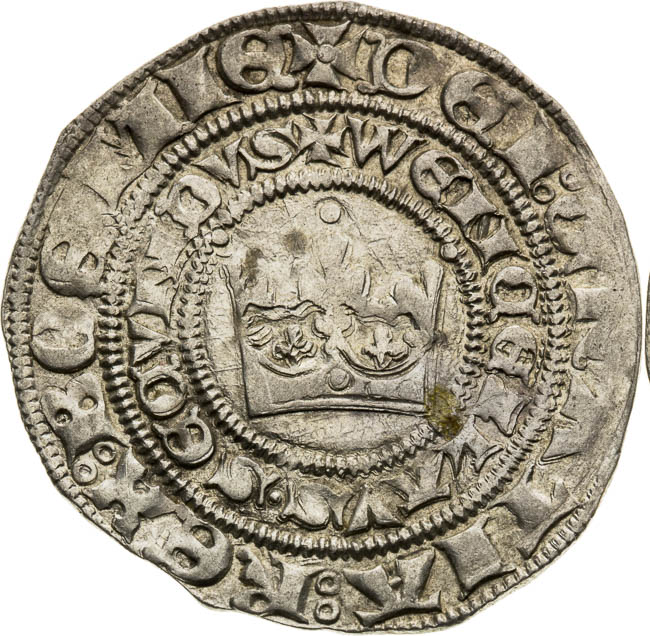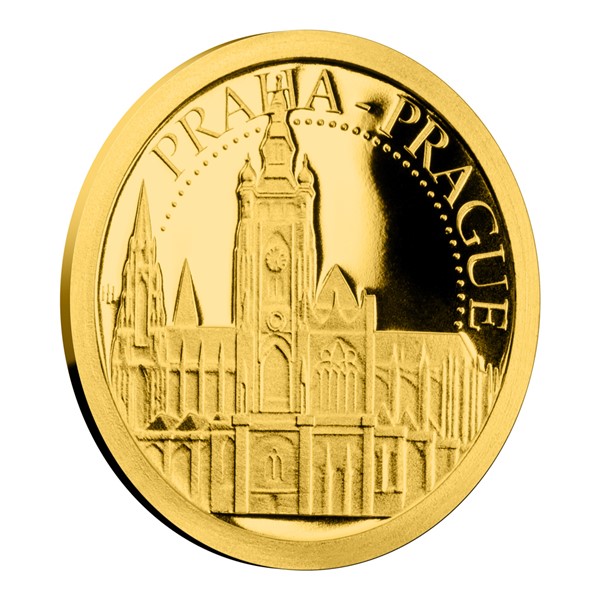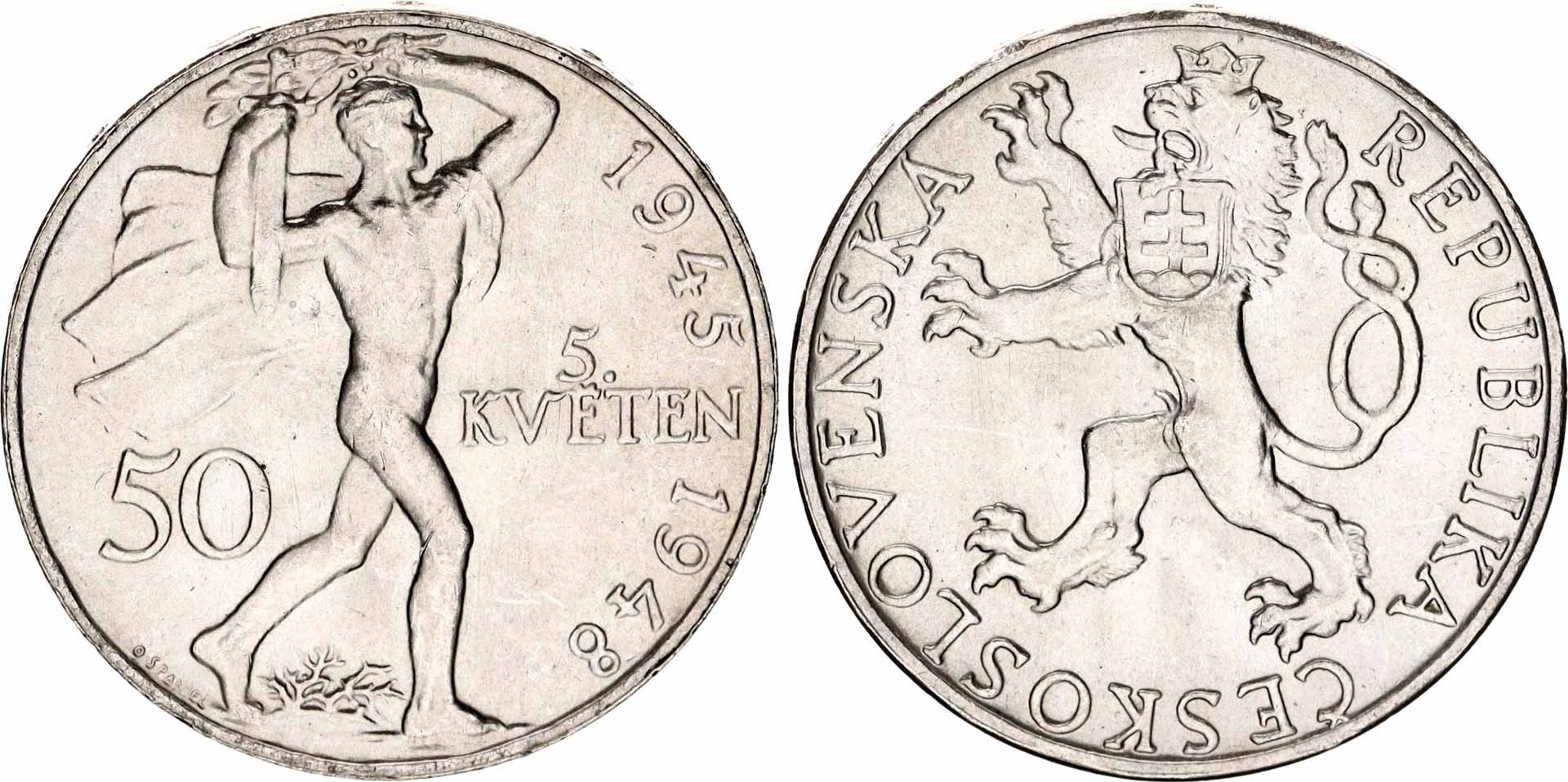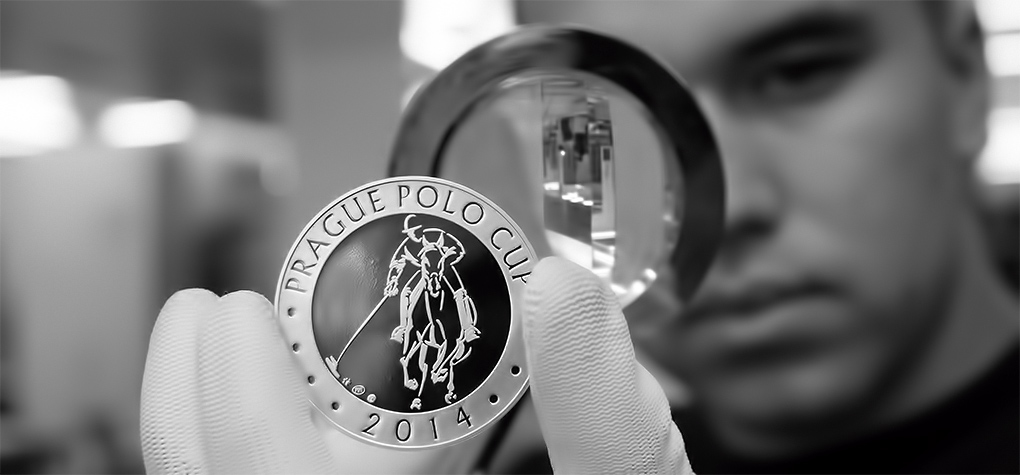Top News To Drawing Prague Mint Coins
Wiki Article
What Is The Reason And How Can A Model Made Of Plaster Scanned Into A Digital 3d Version For Gold Coins Or Gold Medals?
The process involves scanning a maquette to create a 3D digital model of gold medals or coins. Specialized equipment is used to capture the details and dimensions of the model in digital format. The digital replica is utilized to serve a variety of purposes during the production process.
3D Scanning High-resolution scanners record the physical dimensions and details of the plaster model. They are able to capture geometry and measurements using different methods like laser scanning or the structure light.
The scanner will emit beams of lasers or light to the model's surface. The scanner captures the surface data of the model through recording reflections, distortions, and other effects caused by the beams.
Data Collection - As the scanner moves over the model, it gathers a vast amount of data points, which creates an electronic representation of the model's shape including contours, details, and contours.
Conversion into 3D Model- The collected data points are processed using special software that converts the information into a 3D digital model. The model is a replica of the physical dimensions and features of the plaster maquette.
There are many reasons to create a 3D digital model
Digital 3D replicas are precise in reproducing the dimensions and specifics of the physical models. It is essential to maintain this accuracy in order to make sure that the design and style of the gold coin or medal corresponds to the original.
Digital models can easily be altered or enhanced. Designers can modify their designs without affecting the plaster maquette.
Compatibility of Digital 3D Models with Manufacturing Processes. Digital 3D model are compatible with different manufacturing techniques, such as CNC manufacturing.
Digital 3D models may be utilized to preserve and document the design. They can be saved digitally for future research, reproduction, or historical documentation purposes.
Designers and producers can make use of advanced manufacturing techniques to produce gold coins and medals that are accurate and faithful to the original designs by scanning the plaster models and generating digital 3D models. See the top rated Scanning and 3D Modeling Czechoslovakia gold coins website advice. including 1 10 american gold eagle, gold sovereign, liberty head nickel, olympic gold medal, old coins, coin gold price today, saint gaudens double eagle, gold coin dealers near me, gold bullion price today, canadian gold maple leaf and more.

Why Does Vacuum Hardening Get Used On Dies That Are Used To Make Gold Coins Or Medals?
Vacuum hardening is a process which involves exposing dies to extreme temperatures and a controlled environment in furnaces. Here's the overview for vacuum hardening dies.
Diets for striking medals or coins are cleaned and free of contaminants.
Loading into vacuum furnace
Die dies can be inserted in a vacuum oven which creates a vacuum in the heat-treating area.
Evacuation of Aircraft
The vacuum furnace eliminates the air in the chamber to create an environment controlled by vacuum that is free of oxygen or other gasses. This eliminates oxidation, and provides uniform heating.
Heating Phase
The furnace will be heated up to the required temperature to harden the dies. The temperature range is based on the material used and the hardening process.
Bathing at high temperatures-
Die dies need to be kept at the highest temperature for a specified time to allow the material to achieve the desired hardness.
Quenching or cooling-
After the soaking process it is possible to quickly cooled by using special techniques. The rapid cooling process locks in the required hardness and strength of the metal.
Tempering is not required.
In some instances it occurs after the hardening stage. Tempering is the process of heating dies at a low temperature in order to release internal tensions and increase toughness.
Quality Control Inspection
To ensure they meet the hardness and strength requirements the dies that are hardened undergo a thorough inspection and quality control.
Post-Treatment Handling-
After the vacuum hardening dies are polished or coated prior to when they are used in the coin process or the metal striking process.
Vacuum hardening increases the longevity endurance, toughness and wear resistance of dies that are used to strike gold medals or coins. This process produces a controlled and safe environment free of atmospheric contaminants to guarantee consistent and reliable hardening. It also improves the overall quality of the finished product. Check out the most popular vacuum hardening Prague Mint gold medals more recommendations including apmex gold, 1933 double eagle, congressional gold medal, sell gold silver near me, gold bullion bar price, ebay gold coins, american eagle gold coin 1 oz, price of 5 dollar gold coin, 20 dollar gold coin, george washington gold dollar coin and more.

What Coating Processes Are Used To Shield The Gold Of Medals And Coins?
There are numerous reasons gold coins and medals can be coated. These include protection, aesthetic enhancement, or achieving specific effects. Here are the various coating methods that are used to protect Coatings-
Clear Protective Film (Varies). This clear protective film, which could comprise lacquer or a polymer, protects the surface of the coin from the effects of oxidation. This coating helps maintain the original appearance of the coin and shields any metal beneath.
Enhancement of Appearance
Gilding or gold platingA surface of a gold-plated coin or medal can be gilded or coated with a thin layer of gold. This enhances the appearance of the coin or medal by giving it a more shiny and luxurious finish.
Aesthetic Effects
Patina or antique finishes are made by chemical treatments or special coats. This adds depth and character to the design, by creating an aged, oxidized look.
Coloration and Coloring- Certain areas of a medal or coin are colored by using special coatings or enamels. This is done to highlight certain design elements, create contrast, or create visual interest.
Anti-Tarnish Coatings-
Anti-Tarnishing Solutions - These solutions or coatings can be utilized on coins and medals that have intricate designs or that are susceptible to getting tarnished. These coatings are made to keep the metal from discoloring or becoming oxidized in time.
Specialized Coatings or Authentication for Security-
UV-Reactive or luminescent CoatingsSome pieces of jewelry or coins could contain special coatings that respond to UV light and reveal the hidden or encrypted components for security or authentication purposes.
Selective Coatings for Contrast
Selective Coating Removal- In certain instances, coatings are selectively removed from certain parts of the medal or coin to create contrast between coated and polished surfaces, highlighting the design elements.
Each process has a distinct purpose, for instance, to enhance the appearance and appearance of the metal, provide security, or produce certain aesthetic results. The effects of these coatings can greatly impact the aesthetic appeal and durability of gold medals or coins and increase their value and appeal to collectors or those who are interested in. See the top coating Prague Mint gold coins site recommendations. including ebay gold coins, order gold coins, old silver dollars, 1 oz gold coin, 20 dollar gold coin, spanish gold coins, gold and silver buyers near me, buy gold and silver, sovereign british coin, online silver buying and more.

How Do Gold Blanks Get Loaded Into Coin Presses At Extreme Pressure? And Then Stamped?
When minting is completed gold blanks are loaded into coin presses and stamped under high pressure to transform them into coins or medals. Here's the overview of steps involved in loading blanks.
A feeder system is attached to the coin press. This system loads gold blanks that are prepared and tested for quality. This feeder system is accountable for maintaining that blanks are continuously flowed into the machine.
Feeding Blanks into the Press-
The feeding system is designed to move the blanks one at a time into the striking chamber. This guarantees the exact positioning of each blank before stamping.
Alignment of Position
In the press, blanks need to be perfectly placed in the strike area to allow the stamping process to take place.
Moving in High Pressure
Coin presses put massive pressure on gold blanks using two dies, one stationary and one mobile. The stationary die makes negative designs that are made on the coin, and the moving die is used to strike the blank.
The die is moved to strike the blank with a lot of force, and the design is transferred on the surface of the blank. The force of the dies creates the design as well as the raised relief.
Repeated Striking
To produce an image or design that is clearer and better defined, multiple strikes can be applied to high-quality coins or collectible editions. Each strike refines the detail within the blank.
Ejection and Collection
When the designs are struck by the press, the coins or medals created are taken from the press. They then are collected in containers and trays. Quality control is carried out to ensure the designs adhere to the specifications.
Post-Processing-
The style of the medal or coin could require further processing, such as edge lettering (either edge reeding) or post-strike treatments.
Stamping with high pressure, which creates a design onto the gold blanks is vital, as this makes them into finished coins or medals for collection, circulation or commemoration. This process requires precision because any alterations in pressure or alignment could alter the appearance and performance of the end product. Read the top rated minting Czechoslovakia gold coins blog recommendations. including 2000 gold dollar, best place to buy gold bars, gold coin dealers near me, silver and gold buyer near me, cost of gold coins, american eagle gold coin price, gold coins for sale near me, gold silver bullion, silver double eagle, gold buffalo and more.
